Since its birth in 1948, General Motors-Holden had built a reputation for producing solid, reliable but rather dull family cars. That all changed in June 1968 with the launch of the HK Holden range, which included a new two-door coupe that set pulses racing.
The new Monaro, as it was called, was a stunner, even in base-model six-cylinder trim, but the high-performance GTS 327 added menacing intent. And beneath those special badges and racy stripes beat the heart and soul of an American V8 muscle car with a fully imported engine/transmission package designed with Bathurst in mind.
Other high-performance Monaros that followed continued the breed’s success story, writing their own chapters in the long competition history of this local muscle car legend.
First published in the January 2016 issue of Street Machine
HK MONARO GTS 327
The GTS 327 was powered by Chevrolet’s 327ci small-block V8 with a big Rochester four-barrel carb and 8.75:1 compression ratio. This mighty mouse had power and torque to burn, with 250hp@4800rpm and a bulldozer-grade 325ft-lb@ 3200rpm.
A tough Saginaw close-ratio four-speed gearbox and Positraction 10-bolt LSD rear-axle assembly fitted with anti-tramp rods got power to the ground. There was also a big 25-gallon long-range fuel tank – can’t imagine what that was for.
On release Holden claimed its fire-breathing supercar took just 16.4sec to cover the standing quarter, and 0-60mph in just 7.6sec, with a scintillating top speed of 125mph.
However, the tiny front discs and rear drums fitted to this hefty 1.5-tonne projectile were woefully inadequate, particularly when required to do it 130 times at the end of Conrod Straight all day.
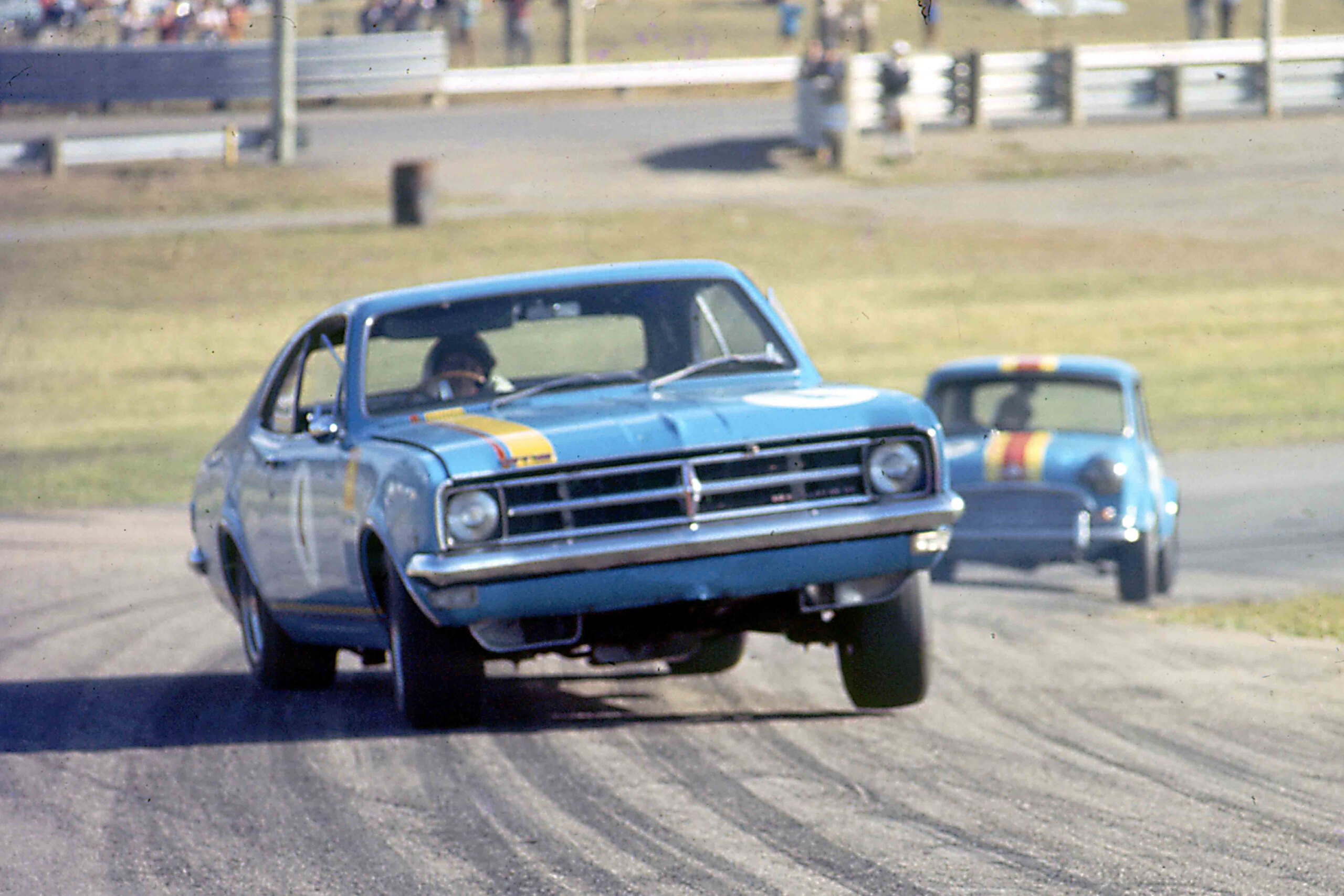
Even so, thanks to some clever car preparation and disciplined driving, Bruce McPhee and his co-driver Barry Mulholland gave the new Monaro a dream debut victory at the 1968 Hardie-Ferodo 500 at Bathurst.
Touring car great Stormin’ Norm Beechey also raced an HK GTS 327 in the 1969 Australian Touring Car Championship.
The ATCC rules at the time allowed for various hot-ups and Norm took full advantage, fitting a ferocious 475hp version of the 327 Bowtie donk loaded with tough internals and fed by four huge 58mm Weber sidedraughts on a magnesium cross-over manifold.
Norm’s return to a loud, hot-blooded and wild-handling Holden for the first time since his Neptune EH S4 was a joy to behold, but he was hampered by a rushed development program to be ready in time to tackle the Trans-Am Mustangs and 911 Porsches in the 1969 ATCC.
Although Norm won two rounds that year, the Chev V8 proved fragile on occasions and he struggled with inadequate brakes and narrow tyres. The best was yet to come.

1. Bruce McPhee in his HK GTS 327 claimed pole position, fastest race lap and highest top speed of 128.57mph (206km/h) in delivering Holden its first Bathurst 500 win in 1968. Remarkably, he was also the only Monaro top gun to complete the 130-lap race without changing his special buffed-down Michelin radials or Ferodo brake linings. McPhee’s self-prepared car also showed superior fuel economy, in what was a brilliant tactical display from start to finish.

2. Norm Beechey’s HK GTS 327 improved tourer proved a difficult beast to tame. Despite big power increases, the Saginaw gearbox and limited slip diff remained stock, but Armstrong heavy duty shocks, stiffer rear springs and tramp-rods were fitted to tame some fearful axle hop. The barely adequate brakes were also fitted with harder pads and linings and fed gobs of cooling air through large aluminium scoops. Wheels were 7in-wide American alloys with Firestone boots.

3. The highly modified 327ci small-block Chev V8 in Beechey’s HK GTS 327 always drew plenty of ‘oohs’ and ‘aahs’ from onlookers when the bonnet was raised. The polished aluminium shrouds around the sidedraught Webers were designed to shield them from excessive engine heat for maximum power.

4. Norm Beechey missed out on a win at the 1969 ATCC with his HK GTS 327, but returned the following year for a history-making victory in an HT GTS 350.
HT MONARO GTS 350
In May 1969 Holden upped the stakes in the Aussie muscle car war with its Monaro GTS 350, based on the latest HT model range.
Beyond its mild facelift and new paint and stripe treatments, the manual GTS 350 was equipped with a larger-capacity 350ci version of the fully imported Bowtie small-block.
With higher 10.25:1 compression, four-bolt mains, free-flowing air filter and more efficient exhaust system, this thumping 350 armed the new Monaro with 300hp@ 4800rpm and a tyre-toasting 380ft-lb@3200rpm. That gave a higher top speed of 129mph, 0-60mph in a scant 7.5sec and a 15.8sec standing quarter.
The tough Saginaw four-speed and 10-bolt LSD were carried over, with new ‘competition-tuned’ suspension and revised wheel offsets that increased track width. Amazingly, the tiny 270mm front discs and 254mm rear drums were retained, with only a slight increase in front rotor thickness.
Tyre problems left Ford’s GT-HO attack in disarray at Bathurst, as Colin Bond and Tony Roberts powered to a well-judged victory in their HDT-prepped Monaro.
Norm Beechey also enjoyed great success with the GTS 350 when he won the 1970 ATCC. Norm’s Shell-backed HT Monaro was not only the first Holden to win Australia’s top touring car title, but also the first locally made car to do so against the best from the US and Europe. He rightly claimed it was his greatest achievement in motor racing.
Norm’s famous HT, built to the ATCC’s Improved Production rules, was bursting with clever engineering ideas and quality workmanship thanks to the fertile minds and skilled hands of a small team of talented Aussie hot rodders.
Under the twin-nostril bonnet lurked a brutal V8, which had been lowered and moved back in the chassis to sharpen the big Munro’s handling response. The fully worked four-bolt 350 was bored out to 366ci, fitted with a huge baffled sump, loaded with the best internals and (like its predecessor) fed by four 58mm sidedraught Webers on a cross-over manifold. The end result was 500hp at a staggering 7700 rpm and more than 500ft-lb of axle-twisting torque.
Norm had a choice of GM Muncie and Saginaw gearboxes loaded with different ratios to suit different circuits, matched to a superb custom-made multi-link live rear axle with a big GM 12-bolt centre and fully floating half shafts. Braking was greatly improved with big Corvette front disc brakes inside 15x10in Minilite magnesium wheels.
A welded tubular steel rollcage braced the chassis from nose to tail and the suspension was also lowered and fully adjustable. Lateral weight distribution and rear wheel traction could also be fine-tuned to suit different tracks, with a choice of left- or right-hand battery locations in the boot and left- or right-hand fuel loads in a petrol tank built with separate chambers.
Norm Beechey’s ‘Trans-Aus’ HT Monaro GTS 350 improved tourer was a world-beater, proudly Australian-made, and arguably the greatest Holden race car ever built.

1. Back in 1970, the Trans-Am Mustangs driven by Allan Moffat and Bob Jane were considered the industry benchmark. The challenge for Norm Beechey was to build what he cheekily called his ‘Trans-Aus’ HT GTS 350 that could beat the US-built supercars – and he did just that! Here Norm’s on his way to victory in the ATCC round held at Bathurst during Easter 1970.

2. Firth, Bond, Roberts and the newly formed HDT celebrate their 1969 Bathurst 500 victory with their HT Monaro. Ford’s sensational new ‘Super Roo’ XW Falcon GTHO was a superior racecar on paper and was expected to blitz the Monaros that year, but a combination of faulty limited slip diffs and soft Goodyear race tyres conspired against them.

3. The explosive throttle response of Beechey’s next car, a 550hp HT GTS 350, could easily light up its fat rear tyres. The HT’s reworked chassis, which featured extensive use of lightweight components to keep the weight down, bristled with clever ideas. These included a fail-safe dual ignition system (which could be quickly changed by hand from one system to the other) and even a spring-loaded hand throttle on the gearstick, to blip the throttle during down-changes.

4. Colin Bond and Tony Roberts in their HT GTS 350 scored a meticulously planned and executed victory under Holden Dealer Team boss Harry Firth at Bathurst in 1969. Firth rushed through a factory-endorsed modification just in time for the big race, which allowed large air slots to be cut under each end of the Monaro’s front bumper to improve cooling for the front disc brakes. It was a crucial development. Pictured here is the second of three HDT Monaros entered that year, driven by Des West and Bathurst rookie Peter Brock to an excellent third place.
HQ GTS 350
The release of Holden’s new HQ model range in mid-1971 could not have been better timed for tyre retail king and touring car champ Bob Jane. It included a high-performance two-door Monaro GTS 350 model with the last of the fully imported 350ci small-block Chev V8s – an ideal replacement for his Chevrolet Camaro.
Jane’s HQ GTS 350 improved tourer was built by John Sheppard and Pat Purcell, starting with a bare bodyshell that was made as light as possible and fitted with a fully welded chrome-moly rollcage.
Sheppard’s hand-crafted 350ci Chev V8, which he described as “a proper racing engine”, was a work of art, with a unique Lucas-based slide-throttle mechanical fuel injection system of his own design. It was at the cutting edge of Improved Production technology and the equal of anything in the world at the time.
The 350’s premium internals included a rugged four-bolt block, forged steel crank, lightweight rods, forged 11:1 pistons, roller camshaft, fully ported and polished cylinder heads and huge extractors that dumped into two open pipes which poked out under the passenger door. It was good for 550hp@ 7200rpm and 550ft-lb@4500rpm; staggering figures for a production-based V8 in 1972.

A lightened flywheel and Borg & Beck multi-plate clutch were matched with a tough GM Muncie M22 ‘Rock Crusher’ four-speed gearbox fitted with a Holinger closer-ratio competition gear set.
A GM 12-bolt centre with Weisman LSD got the grunt to ground through fat 15x10in Minilite wheels and Firestone tyres. Stopping power came from big 12-inch vented disc rotors and four-spot calipers at the front with chunky finned drums under the tail.
A lot of thought went into chassis refinement, even though the suspension remained close to stock. The V8 engine was lowered and moved back to improve weight distribution and handling. Solid steel bushes replaced all rubber items for sharper response, in suspension that was lowered and stiffened with uprated springs, anti-sway bars and Koni adjustable shocks. The coil-sprung live rear axle also featured a Watt’s linkage for proper lateral location and roll centre adjustment.
Jane’s Monaro debuted late in 1972 in the last year of Improved Production, before moving to the highly modified Sports Sedan category in 1973, where it excelled. Jane and his mighty Monaro proved unbeatable at his home Calder Park track, winning the rich 1974 and 1975 Marlboro Series. Continual upgrades through weight reduction and chassis and engine refinements under Pat Purcell kept it competitive until Jane sold it in 1978.


1. Bob Jane was the King of Calder in his mighty HQ GTS 350, winning the big-dollar Marlboro Sports Sedan Series in 1974 and 1975 against the best in the business. The car remained remarkably conventional throughout the seven seasons he campaigned it, especially given the increasingly radical mid-engined Sports Sedans he was competing against. This is how the car looked in 1976 at Calder Park.

2. Jane’s venerable HQ GTS 350 remained remarkably conventional throughout the seven seasons he campaigned the car, given the increasingly radical mid-engined Sports Sedans he was competing against. This is how the car looked in 1977 with new paintwork, bigger spoilers and wheelarch flares. The ferocious Falconer & Dunn 600hp Chev 350 V8 had also been moved back 600mm to improve weight distribution, but the ageing warrior’s days with the Jane team were numbered.

3. John Harvey driving Bob Jane’s magnificent HQ GTS 350 improved tourer at Oran Park in 1972. At the time Bob Jane was racing his exotic 1969 ZL1 Camaro, but as one of Australia’s biggest Holden dealers, Southern Motors, it made more sense to be racing what he sold. Not only that, new rule changes for 1972 that favoured Australian-made cars included a 6.0-litre engine limit and use of rear drum brakes. This removed any incentive to stick with the American car.
HQ/HJ MONARO GTS 350
In 1973 wealthy industrialist Laurie O’Neil commissioned John Sheppard to build him the best Sports Sedan in Australia for five-time ATCC champion Pete Geoghegan to drive.
Given the success of the HQ Monaro GTS 350 that Sheppard had built for Bob Jane, the big Holden coupe was considered an ideal starting point. However, they agreed on a more sophisticated design than Jane’s car, with independent rear suspension and a five-speed transaxle similar to those used by Can-Am or Le Mans-type sports cars like the famous Ford GT40.

Sheppard stripped a brand new HQ Monaro GTS 350 coupe back to a bare shell, fully seam-welded it for increased rigidity and put it on a weight loss program Jenny Craig would have been proud of, replacing the heavy steel front and rear bumpers, bonnet and bootlid with thin fibreglass copies. The window glass was also replaced with special scratch-resistant clear polycarbonate. Only the basic driver controls and a seat remained inside.
The bonnet had a large rear-facing air scoop two years before the Torana A9X, which allowed the engine to breathe thick, dense air from the high-pressure zone at the base of the windscreen. A NACA duct in the centre of the bootlid fed air to a boot-mounted engine oil cooler, while vortex generators on the trailing edge of the roof directed air flow into the scoop and onto the rear spoiler for greater traction.
The dry-sumped 350ci small-block V8 was fed by eight towering ram tubes on a Crower inlet manifold fitted with Lucas mechanical fuel injection. A high-pressure dry-sump oiling system protected a four-bolt Crower steel billet crank, H-beam Crower conrods, forged 11:1 aluminium pistons and fully ported and polished Chevrolet heads with Crower roller rockers. Huge 2.25in-diameter exhaust headers on each bank fed into a large dump box under the floor with a quartet of exhaust tips poking out under the passenger door. This brute was good for 550hp@7200rpm with a prodigious 550ft-lb on tap at 4500rpm.
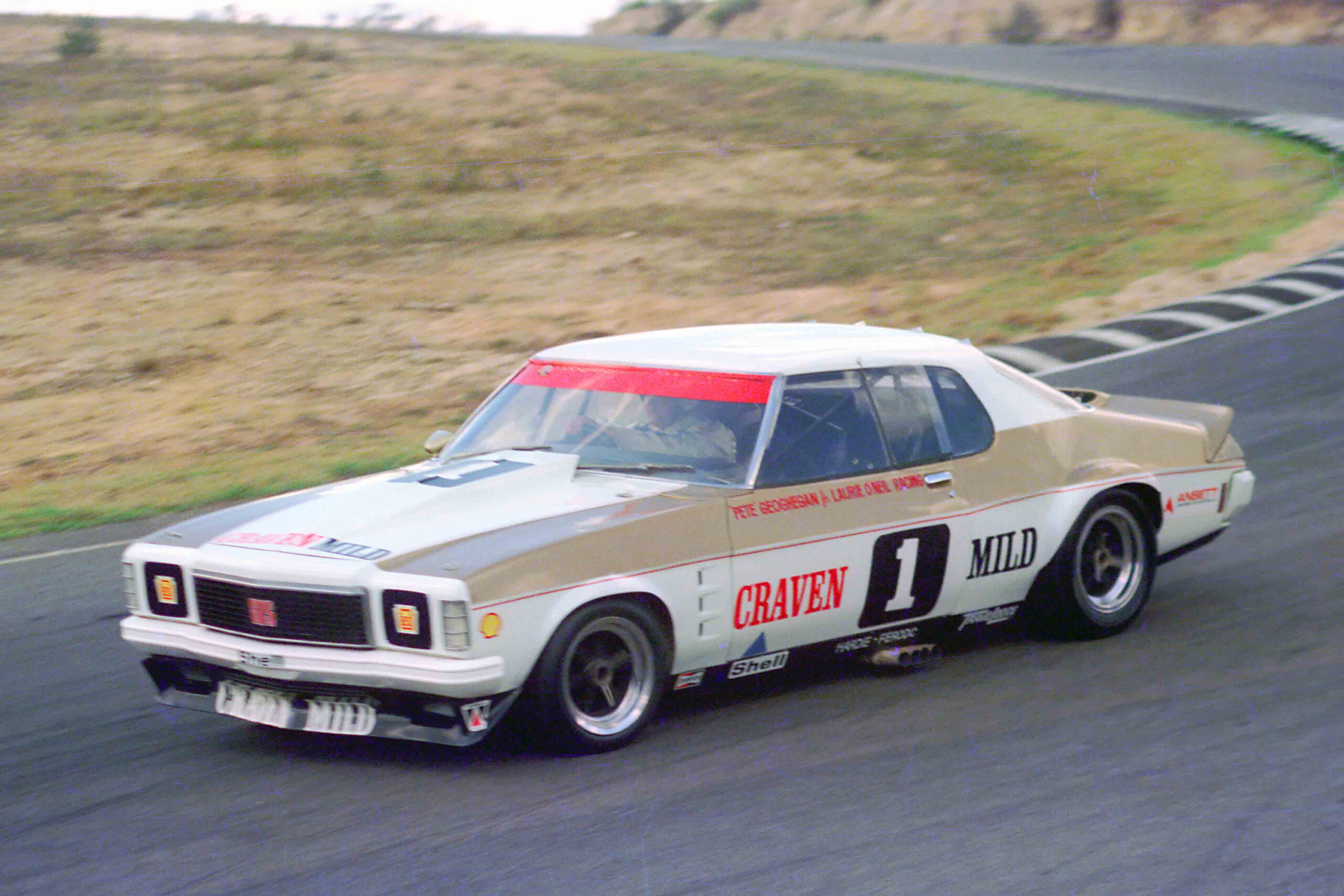
Sports Sedan rules demanded that cars maintain their original production drivetrain sequence, which in the Monaro was engine-gearbox-diff. To comply with this rule, one of the Hewland LG 600 transmissions was mounted right behind the engine as required, but was just an empty casing with the main shaft running through it. A short tailshaft connected this ‘dummy’ case to the real LG 600 five-speed transaxle in the tail.
The Monaro’s exotic Le Mans/Can-Am-inspired IRS included GT40 hub carriers located by upper and lower wishbones, trailing arms and twin coil-over shocks per wheel. Front suspension remained close to stock, with all rubber bushes replaced with solid aluminium and the Holden sub-frame rigidly mounted to the chassis.
Twelve-inch (305mm) ventilated and cross-drilled rotors clamped by powerful Girling four-spot aluminium calipers were fitted up front, with the big rear discs mounted inboard next to the transaxle to reduce unsprung weight.
The Monaro was supposed to hit the track early in 1974, but long delays in sourcing some of the exotic parts from overseas meant it didn’t race until early in 1975. As a result it was updated with Holden’s latest HJ GTS front clip. It looked fantastic and was extremely fast.
Geoghegan won first time out at Calder against Jane’s Monaro and took several big wins at various tracks in 1975 before CAMS demanded that it be returned to HQ front panels for 1976. The car was still fast but increasingly fragile, so after only two seasons O’Neil gave up on his dream of Sports Sedan dominance and sold the car.

1. The Geoghegan Monaro had some major changes for 1976, including more flowing aerodynamic bodywork and fitment of an HQ front clip, following a silly legal dispute with CAMS over the use of a 350ci engine with the HJ nose. Here Geoghegan is leading Jim Richards’s Mustang, Bob Jane’s Monaro, Allan Moffat’s Chev Monza and Ron Harrop’s Repco V8-powered EH Holden at Calder in 1976.

2. Laurie O’Neil wanted to add some European GT flavour to his new HQ/HJ Monaro Sports Sedan driven by Pete Geoghegan. O’Neil shipped in two new Hewland LG 600 transaxles, plus Ford GT40 uprights, rear suspension and driveshaft components and featherweight magnesium wheels for the build.

3. Five-time Australian Touring Car Championship winner Pete Geoghegan was one of the finest racing drivers this country has ever produced.
NATIONS CUP MONARO 427C
When Holden launched its new Commodore-flavoured V2 Monaro in October 2001 it wanted to showcase its sporting prowess in motorsport. The Nations Cup category looked like a good fit, and work started on a V2 racing prototype in November 2001 at Garry Rogers Motorsport (GRM), with a plan to enter the Nations Cup sprint racing series in 2003. However, those plans had to be accelerated in early 2002 after the announcement of a 24-hour sports car race to be held at Bathurst in November that year.
Although the chassis design and construction of the first Nations Cup Monaro followed proven V8 Supercar theory, Holden and GRM had to pioneer new engine and rear suspension designs that differed greatly from existing V8 Supercar practice.
Holden used the awesome 8.0-litre V10-powered Dodge Viper as its benchmark and got approval from Nations Cup management for an engine capacity limit of 7.0 litres (427ci). This allowed Holden to access GM’s global performance parts bin for the same aluminium four-bolt cylinder block and heads used in Chevrolet’s Corvette C5R Le Mans car, with locally developed fuel injection by GRM engine man Mike Excell.
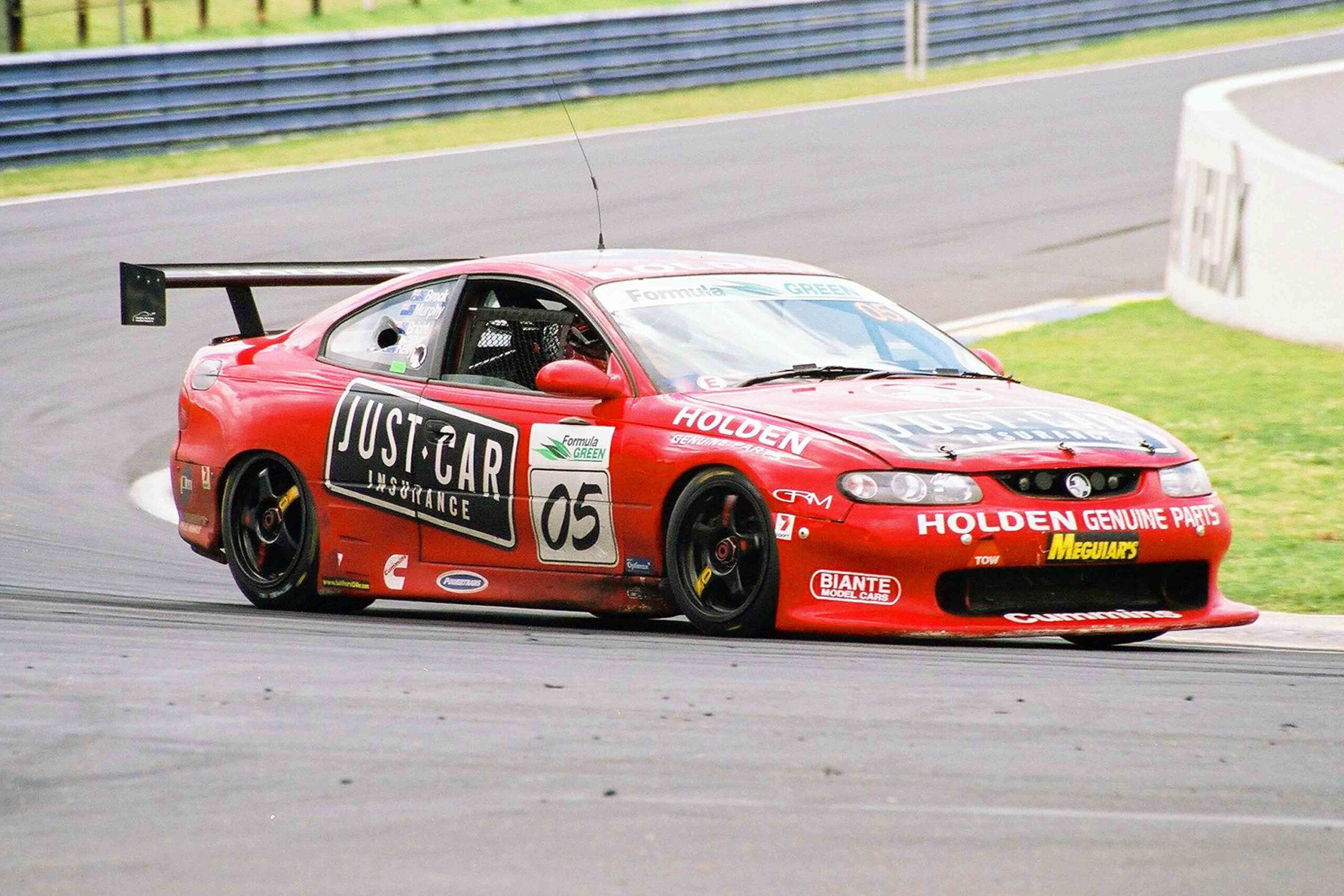
The 7.0-litre C5R engine revved safely to 8000rpm at Le Mans. With Holden setting a modest redline of just under 6000rpm with a super-tall diff ratio to meet its 24 hour fuel economy target, the Monaro had a big durability margin. The low-revving 427 was good for 550hp in race trim, with a fatter spread of torque than a 5.0-litre V8 Supercar engine due to its longer stroke and two extra litres capacity.
The ubiquitous six-speed Holinger gearbox broke with local touring car tradition by swapping the double H-pattern shift for a sequential set-up like the Dodge Viper. The brakes were also proven V8 Supercar hardware, with AP Racing 380mm front rotors clamped by six-spot front calipers and smaller four-spots in the rear.
The Monaro’s MacPherson strut front suspension allowed it to share a lot of existing Commodore V8 Supercar hardware. However, the road car’s independent rear suspension could not be suitably modified for racing, so a new IRS was designed from scratch by Ron Harrop using sophisticated CAD software.
This was based on a bulletproof nine-inch crown wheel and pinion carrier and 36-spline driveshafts and CV joints, cast-aluminium alloy Harrop uprights, upper wishbones, lower control arms, adjustable toe links and coil-over shocks.
With a minimum dry weight of around 1400kg (V8 Supercars were 1350kg) Holden’s new 7.0-litre monster was never allowed to show its awesome true potential, as the Nations Cup’s parity-based rules and Holden’s durability margins ensured it was always kept on a short leash. As a result, it never threatened the fastest qualifying and race laps set by the V8 Supercars at Bathurst in October. However, it performed brilliantly in the role it was built specifically to perform in November, claiming victory in the first Bathurst 24 Hour with a winning margin of 22 laps after covering more than three times the distance of the Bathurst 1000.
The following year Holden and GRM returned with two Nations Cup Monaros and claimed another runaway victory, this time with an exciting 1-2 finish. In the absence of any real competition for the 427s, the Bathurst 24 Hour race folded after only two events, but the legend of the big bruising 7.0-litre Monaros that ruled it lives on.
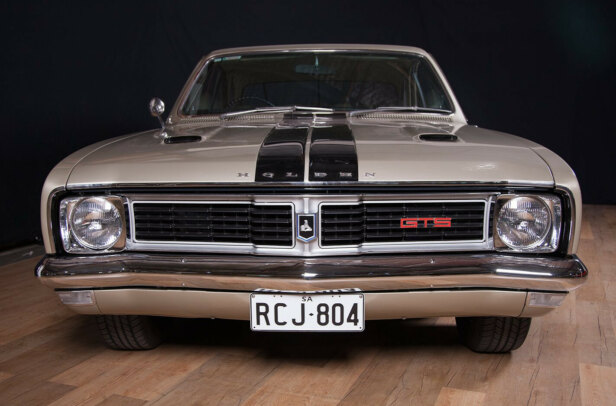
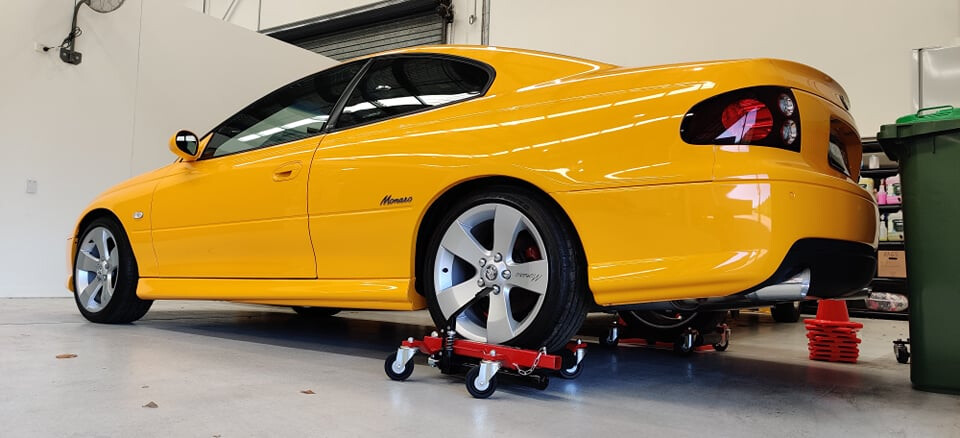
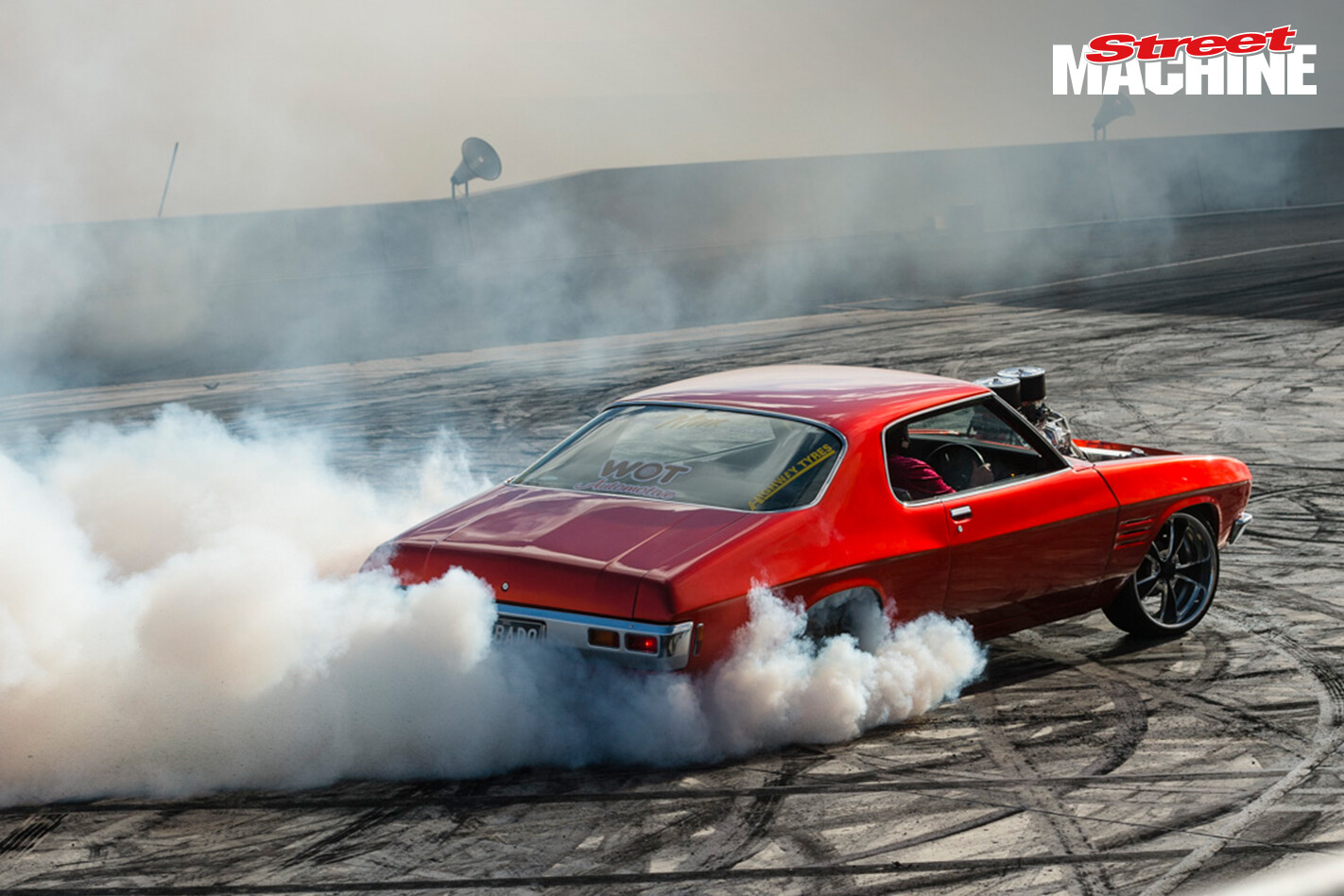
Comments